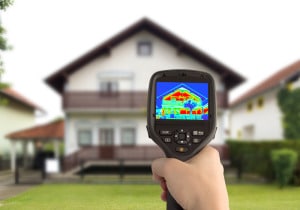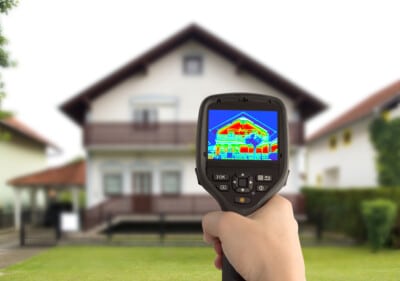 Log homes have been around for a very long time, which is a testimony to their durability. When properly built, they have staying power that is second to none in terms of construction. What’s more, modern technologies are enhancing the existing exceptional qualities of log homes and making them even more appealing in terms of energy efficiency.
Log homes have been around for a very long time, which is a testimony to their durability. When properly built, they have staying power that is second to none in terms of construction. What’s more, modern technologies are enhancing the existing exceptional qualities of log homes and making them even more appealing in terms of energy efficiency.
It’s important to consider the R-Value of wood when it comes to log homes. R-Value is a material’s thermal resistance, and the R-Value for wood ranges between 1.41 per inch (softwoods) and 0.71 (hardwoods). Log homes typically have a 30%-40% lower numerical R-Value. In turn, these log homes provide equivalent performance for heating and cooling when using numerically lower steady state R-Values in their walls than a stick-framed home of similar construction.
It’s no secret that log homes are made of natural, renewable sources that are by nature more environmentally efficient than other processed materials. There are green building methods, which is when logs are produced locally, or log home producers that use wind or fire-killed timber as their source. Another type of log is manufactured, which is when smaller dimensional wood and an insulating material are used together to make a log-like unit. As you can see, there are several different options when choosing to build a log home, all of which are environmentally efficient options.
A key ingredient that is often times an afterthought is insulation along the logs to truly make it an energy-efficient home. Essentially, this means building a wall on the inside of the log wall, and it needs to be thick enough to provide energy efficiency. You can also insulate the roof with urethane foam and a layer of sod to complete rustic dwelling. The bottom line is to get the best possible insulation for your money.
Like all homes, it’s important to make sure you’re optimizing your log home to the best of your ability, taking care in its design, construction, and maintenance to achieve and maintain energy efficiency.


